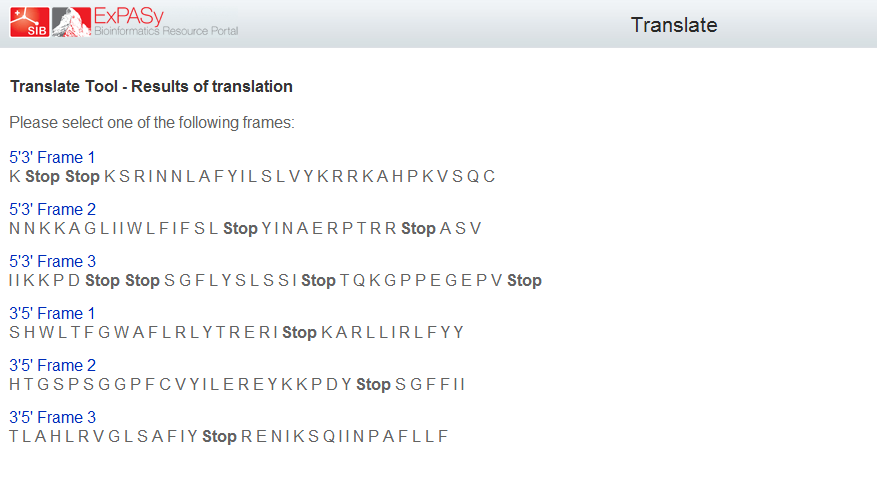Team:Buenos Aires/Results/Bb2
From 2012.igem.org

Contents |
Why this biobrick?
We were having some custom related issues with the synthesized dna we ordered (see aa-rich export devices), so we started designing a biobrick that could be used for the same purpose, but that uses just parts included in the 2012 kit. Yes, you are correct: a PlanB!
Although we did not work in the lab with this planB biobrick - because fortunately the synthesized dna made it through customs (although very late) - we are including it in the registry and the wiki for documentary purposes only. Just follow this link <partinfo>BBa_K792014</partinfo> to access its entry in the registry.
Bacteria Exportable His-rich peptide Generator
As mentioned before, for this biobrick we had to use solely parts that came in the iGEM Kit 2012 Spring distribution, and that could work for the same purposes that our main biobrick, which is mainly the export of aminoacids. As there are much more parts for E. coli than for yeast, we decided to build a bacterial device as a "proof of principle" that amino acid secretion can regulated in this way.
We designed a plausible construct that could work for the export of His using 5 parts of the registry, but we didn't find enough parts in order to design a simmilar one for the export of Trp.
Furthermore, the binding and preparation of this device is much more complex and has many more steps than what our main biobrick would require to work. Therefore, we conclude that our main biobrick is an important contribution to the registry part, given that it allows the export of aminoacids His and Trp to be enhanced with the use of only one part, without the need of the many steps that we describe in this section and consequently reducing the risk of failure and errors.
Device final structure
This construct should be able to export Histidine, for sure in Cyanobacterium and to be tested in E.Coli and S. cereviciae. More details about the design process (and choices made) can be found in the following sections.
Design process
Promoter
We found many usable parts to use as promoters. We found Promoters + RBS ideal for our purposes, in order to economize ligation steps. We considered using two parts:
- Promoter + RBS (<partinfo>BBa_K206015</partinfo>), a strongest constitutive promoter in J23100 family (J23100) + mid-strength RBS from the community collection (B0030, 0.6. It looks like a reliable sequence but it has not been tested according to the registry.
- Inducible Promoter (IPTG) + RBS (Strong) (<partinfo>BBa_J04500</partinfo>). This part has been tested and according to the registry it works well.
We finally decided to use the second opton (<partinfo>BBa_J04500</partinfo>) in order to make our system plausible of regulation through IPTG. This kind of regulation could also have been implemented in our main biobricks, for the same purposes or making the system more flexible.
Signal Peptide
Unfortunately, we found very few signal peptide biobrick options, solely two and tested in Cyanobacterium. Our two options were:
- pilA1 signal sequence from cyanobacterium Synechocystis; secretes protein: <partinfo>BBa_K125300</partinfo>
- slr2016 signal sequence from cyanobacterium Synechocystis; secretes protein: <partinfo>BBa_K125310</partinfo>
These parts are only partically confirmed and optimized for working in Cyanobacterium, not E. coli or Yeast. We could use any of them in order to test them but not having any E.coli or yeast optimized signal peptide available at the registry is a critical obstacle in the project.
We would use the second one: <partinfo>BBa_K125310</partinfo>.
Payload
The only option available in iGEM Kit Spring distribution 2012 was Methionine + His Affinity Tag x 6: <partinfo>BBa_K133035</partinfo>. This part is only partially confirmed. We would put this part 3 times in a row in order to have a larger peptide - so it would take 3 ligation steps to obtain a larger peptide enriched Histidine, whereas in our main biobrick 1 and 3, it already comes in the same construct.
Terminator
|
There are several options for terminators, but we would use a double terminator in order to be sure that it works. We choose the double terminator <partinfo>BBa_B0024</partinfo>. This sequence has a double terminator in several of reading frames, which could be very useful. |
|
Assembly method
All the chosen parts are compatible with RFC 21 Standard, which is an in frame assembly method and would be our choice for assembling these parts.

|
| Picture: Final sequence with prefix, suffix and scars assembled with RFC 21 Standard method. |
 "
"

